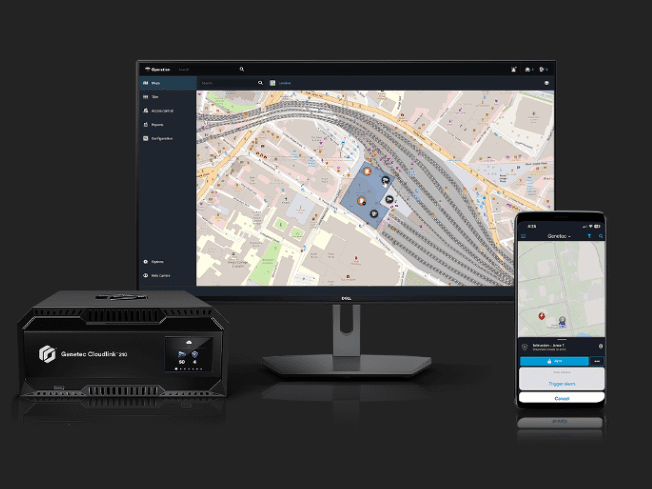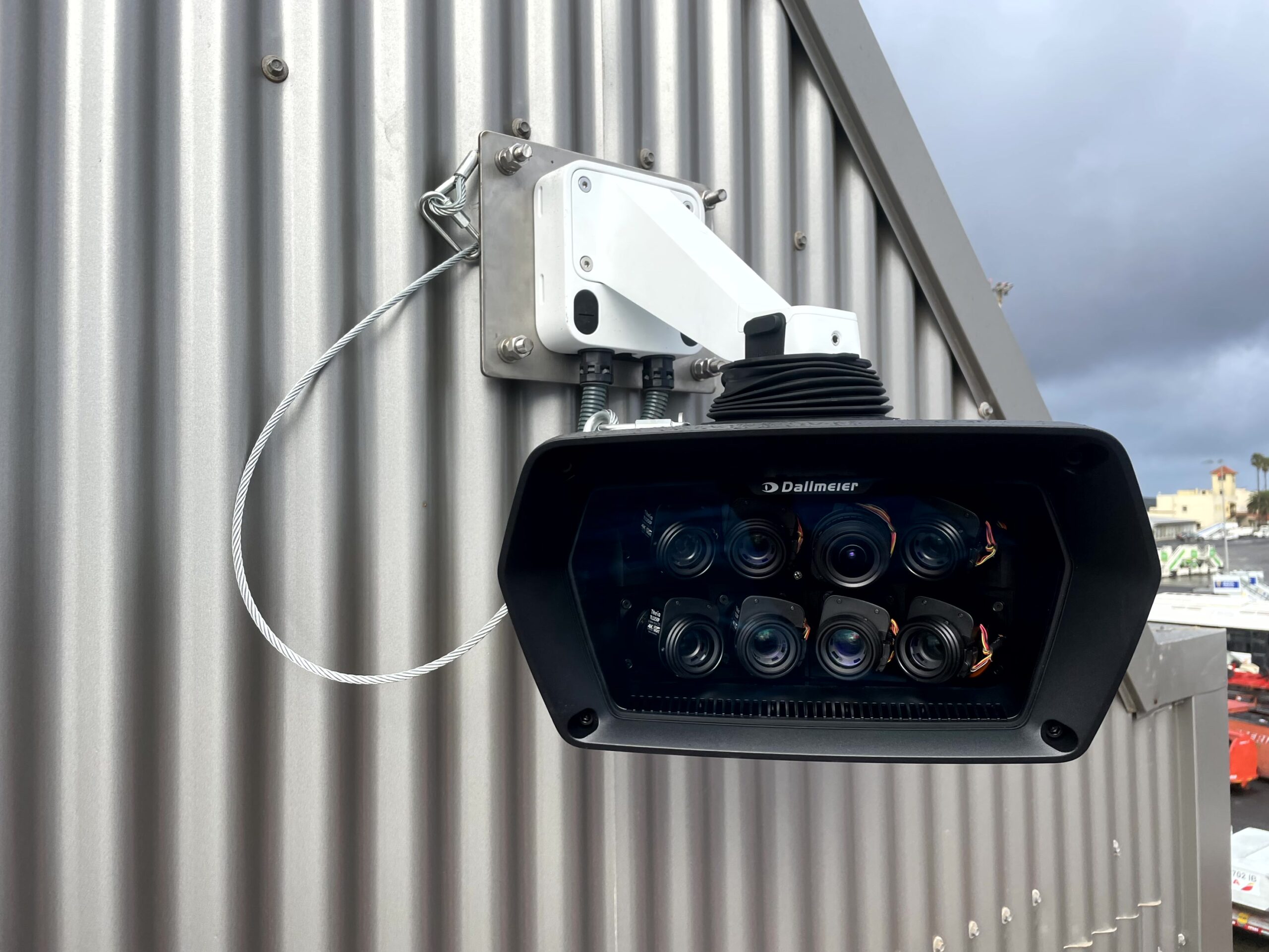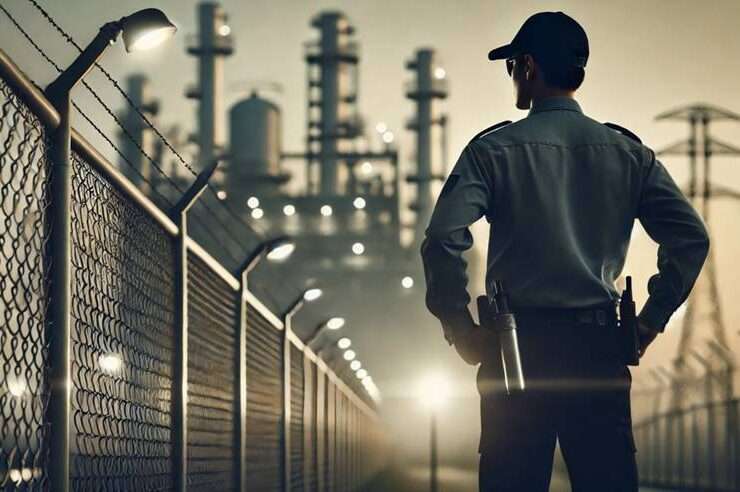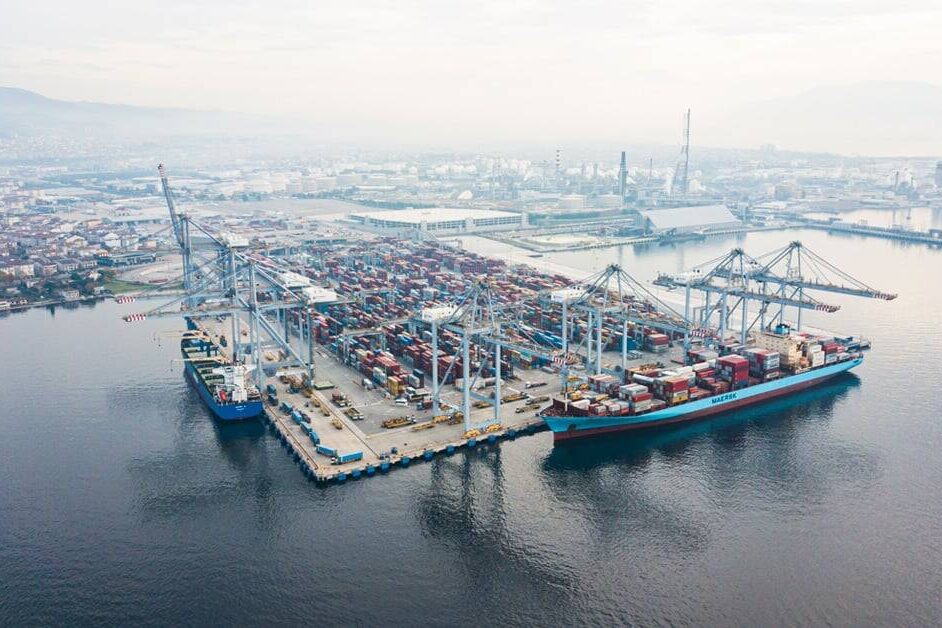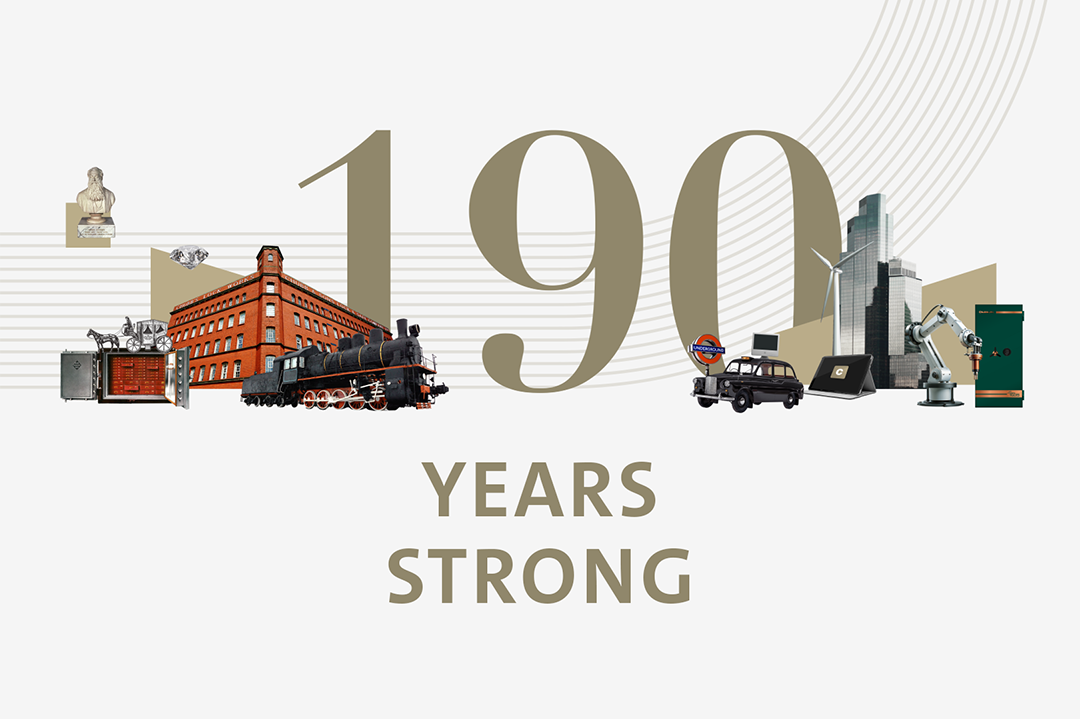Oil & Gas sites are typically protected by standard physical security systems, but what are some of the more unusual and innovative technologies?
The Oil & Gas sector is an incredibly volatile industry. This is because of the nature of the materials that are being handled. One error of malicious intent or simple human error could result in a catastrophic consequence. It is not just the oil rig or gas plant that needs to have the highest levels of security and safety implemented, but also the pipelines that travel for miles under and over ground. The typical physical security solutions of perimeter protection and access control are of course always utilised, but there are some other innovative technologies that are growing in popularity.
The use of drones
Of the energy production industries our world so heavily relies on, the oil and gas industry is one of the most intensive in capital, infrastructure, and regulation. Oil and gas companies and inspections services this past decade have turned to drone technology to better address the often-complex industrial inspections process to significantly augment human inspections and to digitise companies’ data streams. The momentous changes with drones brought has yielded big market growth in the inspection, repair, and maintenance (IRM) sector. Deployed by veteran inspectors and UAS professionals around the world, drones provide them unprecedented access to high quality data in a fraction of the time at a lower human risk, bringing down company costs remarkably somewhere between 66% and 80%.
So how are drones used in oil and gas? To start, they exhibit extremely stable flight and can be equipped with an array of sensors, simultaneously increasing inspection data quality and mitigating the high risks and costs typical to oil and gas inspections. Rotary drones that carry visual and thermal sensors quickly access the tops of high-up flare stacks for inspection and collect data not visible to the human eye, sometimes while the machinery still operating; fixed-wing drones equipped with high resolution RGB sensors can cover vast rural areas to map and inspect pipelines. Indeed, these critical infrastructures, which are extensive, require human attention but are where very few would be willing to go to.
The earliest recorded use of a drone in oil and gas is in 2006 by BP, but the applications didn’t become so widely known until about 2014, when more service providers started launching companies to help large oil companies take on the technology. At that time, the applications surrounded mostly on pipeline mapping and some refinery infrastructure inspections. Today, drones are taking on much greater operations, and more often done by the O&G companies themselves. They’re putting drones inside (GPS-deprived) oil tanks for inspections, or expanding to more advanced payloads, like LiDAR, to construct highly accurate 3D models of refineries, drill sites and more. The work has increased so much faith in drones that companies are using them for non-IRM tasks like delivering parts and assets to remote locations more efficiently.
For more news updates and exclusive features, check out our Q2 issue here.
Media contact
Rebecca Morpeth Spayne,
Editor, Security Portfolio
Tel: +44 (0) 1622 823 922


